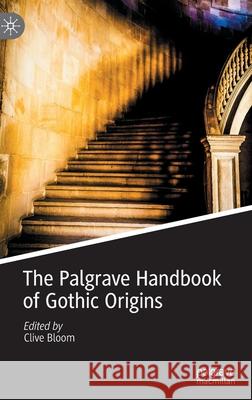The Palgrave Handbook of Gothic Origins » książka
topmenu
The Palgrave Handbook of Gothic Origins
ISBN-13: 9783030845612 / Angielski / Twarda / 2021 / 636 str.
Kategorie:
Kategorie BISAC:
Wydawca:
Palgrave MacMillan
Język:
Angielski
ISBN-13:
9783030845612
Rok wydania:
2021
Wydanie:
2022
Ilość stron:
636
Waga:
1.05 kg
Wymiary:
23.39 x 15.6 x 3.51
Oprawa:
Twarda
Wolumenów:
01
Dodatkowe informacje:
Wydanie ilustrowane











